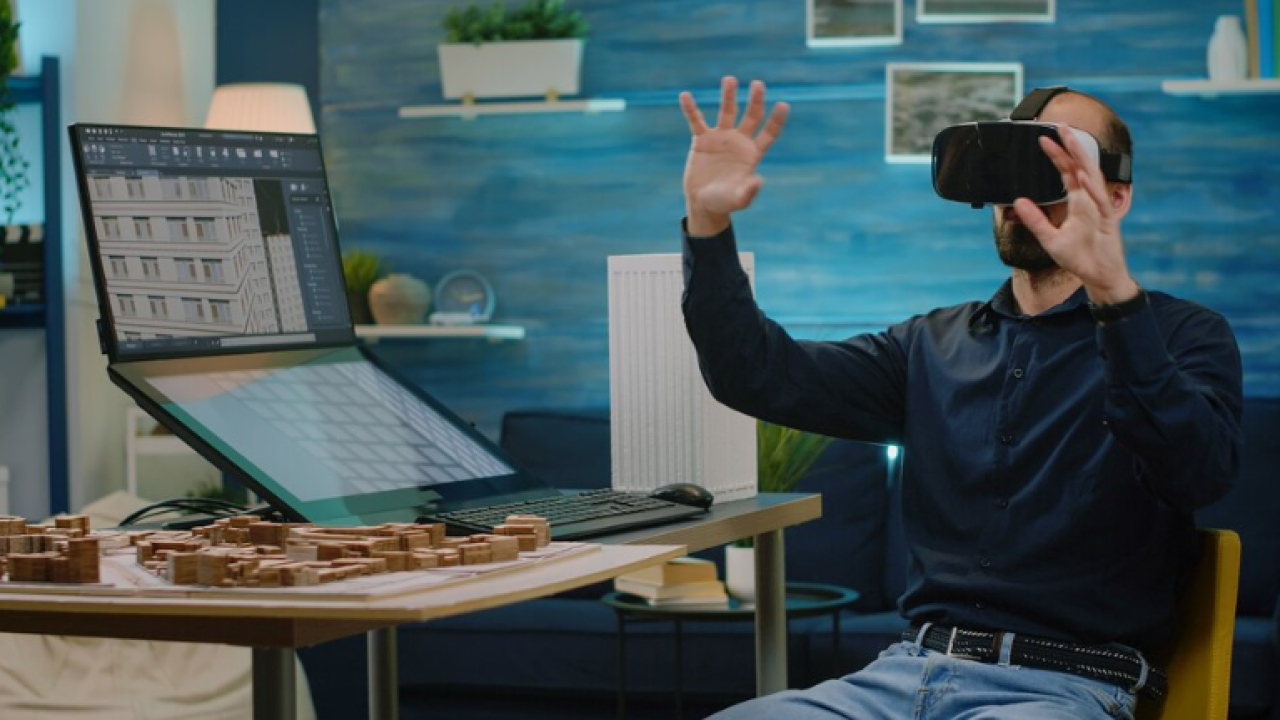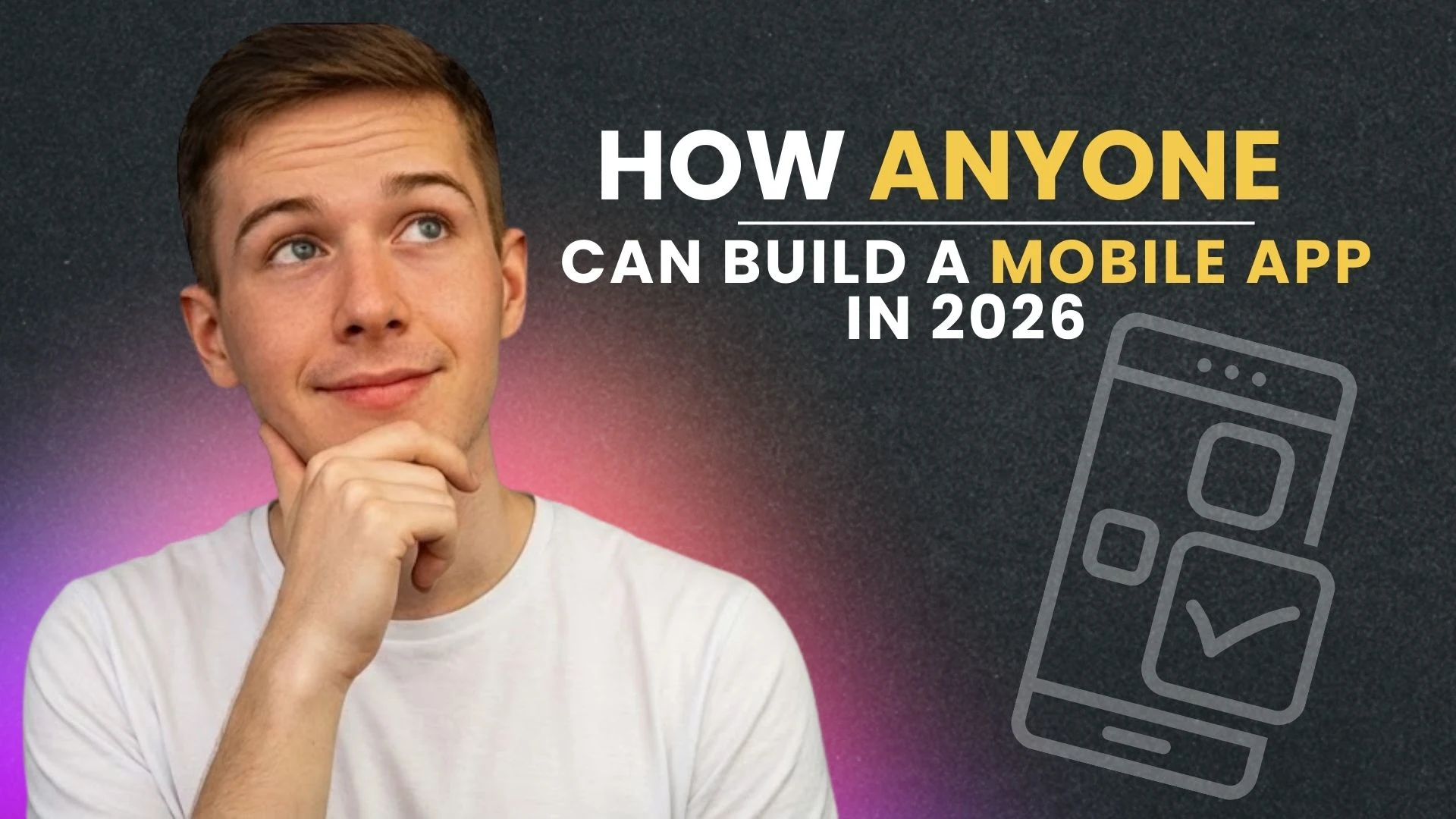The Dawn of a New Era: AI Empowering Creators to Build for Creators
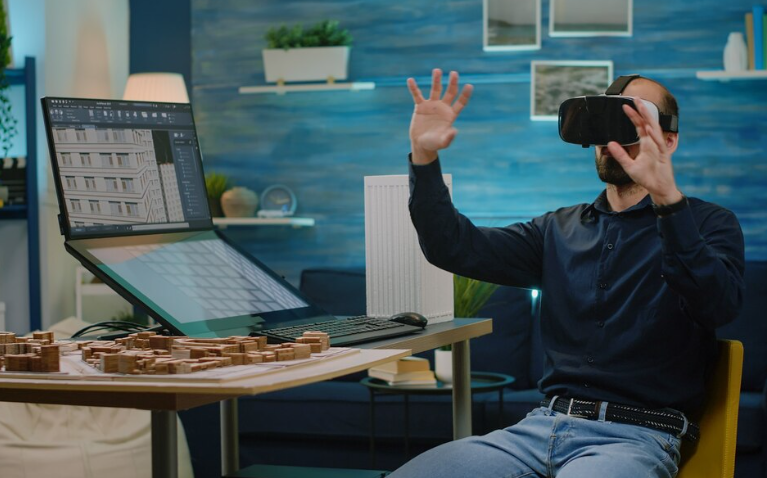
What Exactly Are “AI Tools to Build Tools”?
“AI tools to build tools” represent a revolutionary category of software. These are not just applications *using* AI; they are AI systems specifically designed to help *other* innovators create new software, products, or services. Imagine an intelligent assistant that writes code, designs user interfaces, or even suggests entire architectural patterns based on your high-level descriptions. Platforms like GitHub Copilot, for instance, generate code snippets, while advanced AI-powered development environments streamline complex coding tasks, turning abstract ideas into functional software faster than ever before. “This significantly lowers the barrier to entry for software creation.”
This transformative approach extends beyond just writing code. It encompasses AI-driven low-code/no-code platforms that allow creators with minimal programming knowledge to develop sophisticated applications. These AI tools empower developers, designers, and even business strategists to become software architects, building solutions not just for end-users, but often for *other innovators*. They accelerate the entire development cycle, fostering an ecosystem where new tools and applications can emerge at an unprecedented pace, truly unleashing the inner architect in everyone.
Launch Your App Today
Ready to launch? Skip the tech stress. Describe, Build, Launch in three simple steps.
BuildThe Creator Economy’s Next Frontier: Building with AI
The creator economy has grown beyond just content. Now, innovators are building powerful AI tools. These tools empower other creators to develop their own software. This shift defines the Creator Economy’s next frontier. “AI is democratizing software development for everyone.” You no longer need deep coding knowledge. Instead, AI handles complex tasks. This allows creators to focus on their unique vision. They can build tailored applications for their audience.
Imagine a designer creating a custom AI-powered assistant. This assistant helps other designers automate repetitive tasks. Or consider a writer developing an AI writing tool to streamline their peers’ workflow. AI enables creators to solve real problems for their specific communities. Platforms like OpenAI’s Custom GPTs exemplify this trend. They allow non-developers to build specialized AI agents. This opens vast new possibilities. “Creators can now be both users and architects of the digital future.” They are building software for other innovators.
Why This Matters: Democratizing Software Development for All
Historically, creating software demanded a specialized skillset, often involving years of learning complex programming languages and intricate coding logic. This high barrier to entry meant that only those with a deep technical background or significant financial resources could bring their digital ideas to life. “These barriers effectively locked out countless brilliant minds from creating the digital solutions they envisioned,” limiting innovation to a select few. Many impactful ideas, especially from non-technical innovators, simply never materialized due to these formidable hurdles.
Today, AI tools are fundamentally altering this paradigm. They empower individuals without traditional coding expertise to become software builders, transforming abstract concepts into functional applications. Think of a marketing specialist building a custom analytics dashboard, or an artist creating a unique interactive experience, all with intuitive, AI-driven interfaces. “This shift democratizes software development, putting powerful creation capabilities into the hands of anyone with an innovative idea.” It fosters a more inclusive ecosystem where diverse perspectives and fresh solutions can flourish, allowing creators to build for a wider community of innovators.
Understanding the E-E-A-T of AI-Driven Creation
In this new era, AI tools dramatically shift the landscape for software development. Creators now gain unparalleled experience by rapidly iterating ideas, prototyping complex features in hours, not weeks. This hands-on, accelerated feedback loop fosters a deeper understanding of software architecture. Expertise isn’t replaced; it’s amplified. While AI handles repetitive coding, the human creator focuses their domain knowledge on problem-solving and strategic design. They leverage AI as a powerful assistant, freeing them to innovate at an unprecedented pace.
Establishing authoritativeness in AI-driven creation stems from the human innovator’s vision and validation. The software built with AI tools gains its credibility from the creator’s expertise, not just the algorithm. “It’s the human’s ability to critically evaluate and refine AI-generated code that truly builds trust.” Furthermore, trustworthiness is paramount. This demands transparent processes, thorough testing, and ethical considerations in how AI assists in development. By ensuring human oversight remains central, creators can confidently deliver robust, reliable solutions for others.
The Foundations: How AI Simplifies Tool Creation for Everyone

Natural Language Processing (NLP) for Intuitive Code Generation
Natural Language Processing (NLP) is reshaping code generation entirely. It turns your ideas from everyday human language into working code. You no longer need to learn complex programming rules. Just tell the AI what you want your software to do, clearly and simply. The tools then understand your words and write the code. “This makes starting software creation much easier, welcoming many more people to build their own innovations.”
Look at tools like GitHub Copilot. They use NLP to suggest code while you type. You might ask, “Make a button that saves user data.” Or perhaps, “Write a Python program to check market trends.” These NLP-powered tools quickly provide the right code. This helps creators focus on their main ideas. They can build new software faster, without getting stuck on small coding tasks.
Machine Learning Models: Automating Design, Logic, and Workflows
Machine learning (ML) models are the intelligent core of today’s AI tools. They are changing how we build software. These models analyze huge amounts of data. They learn patterns. Then, they automate complex tasks. For example, an AI can suggest optimal UI designs. It might even generate basic user interface components. This happens directly from your project brief. “This automation also extends to core software logic, with ML models writing boilerplate code and predicting needed functions.” This greatly reduces manual effort. Innovators can then focus on creative problem-solving. They avoid repetitive coding.
ML models are also transforming development workflows. They analyze project progress. They can identify bottlenecks. They even suggest the most efficient task sequence. Picture an AI tool. It automatically integrates new APIs. It handles data migrations. It might even detect and flag common errors early. Tools like GitHub Copilot show this power. They offer real-time code suggestions. This intelligent automation speeds up the entire creation process. It makes it more accessible. “With AI-driven automation, building powerful tools for other innovators becomes incredibly efficient and intuitive.”
Visual Programming Interfaces: Building with Blocks, Powered by AI
Visual Programming Interfaces, or VPIs, change how we build software. They turn coding into a visual task. Instead of typing complex lines, you simply drag and drop blocks. Think of it like building with LEGOs. This method already helps many non-coders. Now, AI tools make VPIs even better. AI can suggest the next useful block for your project. It might even write small parts of code for a block automatically. This smart help makes tool creation much easier. It lets more creators develop their ideas.
AI-powered VPIs do more than just simple building. These systems learn from users. They give you tips in real-time. They can even spot mistakes. For instance, an AI tool might suggest a data block you forgot. This quick help speeds up your work. It lets people with new ideas focus on their vision. They can think about *what* to make, not *how* to type code. This mix of visual design and smart AI is changing how we build software. “It helps everyone become a creator, making new tools for others.”
Leveraging AI for Rapid Prototyping and Painless Iteration
AI tools revolutionize the initial phase of software development. “Imagine transforming a complex concept into a working model in mere minutes, not days.” AI code generation automates boilerplate code. This lets creators jumpstart projects effortlessly. Platforms like GitHub Copilot can suggest entire functions or complex algorithms from simple prompts. Innovators quickly visualize ideas and test their feasibility. This dramatically shortens the time from ideation to a tangible prototype. It enables faster validation without needing deep coding expertise.
Beyond initial creation, AI significantly streamlines the iteration process. Refinement is often the most time-consuming part once a prototype exists. AI-powered platforms identify potential bugs. They suggest performance optimizations and even refactor code automatically. This means creators spend less time debugging. They can focus more on enhancing features. Automated testing frameworks, supercharged by AI, run exhaustive checks in seconds. They provide instant feedback. “Such agile iteration capabilities free innovators to focus on their unique vision.” They can be confident AI handles the heavy lifting of refinement. This rapid build, test, and improve cycle empowers truly groundbreaking innovation.
Real-World Applications: AI-Built Tools in Action Across Creative Fields
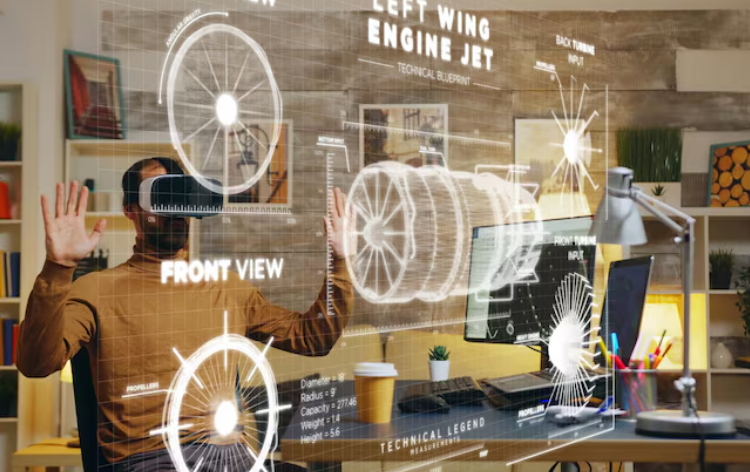
For Digital Artists: AI-Generated Brushes, Textures, and Asset Pipelines
Digital artists now leverage AI tools to revolutionize their visual creations. Imagine instantly generating thousands of unique brushes with specific characteristics. AI algorithms can learn from existing art styles, then produce custom brushes perfect for intricate details or broad strokes. Similarly, creating rich, seamless textures is faster than ever. Artists can input a simple prompt, and AI delivers diverse material options, from realistic stone to fantastical alien skin. “This drastically speeds up initial design phases and sparks fresh artistic directions,” freeing artists to focus on their core creative vision.
Beyond individual assets, AI tools are transforming entire asset pipelines for digital artists. These systems can automate repetitive, time-consuming tasks. For instance, AI can automatically generate multiple variations of a 3D model, saving hours of manual work. It also assists with optimizing assets for different platforms or rendering engines. This includes intelligent retopology or LOD (Level of Detail) generation. “AI-powered pipelines allow artists to manage vast libraries of assets with unprecedented efficiency,” enabling creators to innovate faster and push the boundaries of digital art production.
For Writers & Editors: Crafting Custom AI-Powered Story Generators and Content Optimizers
Writers and editors can now transcend simply *using* AI. They can craft custom AI-powered story generators and other creative tools designed for their peers. Imagine an author building a tool that learns specific genre tropes or a publisher’s house style. This AI then reliably generates unique plot outlines, character concepts, or dialogue prompts for *other* writers. “This capability transforms individual creators into tool-builders, sharing tailored solutions that combat creative blocks.” It provides a powerful new way for literary innovators to support their community.
Similarly, editors are leveraging AI to develop sophisticated content optimizers for fellow professionals. Beyond basic grammar checks, these custom tools analyze text for tone, readability, and brand-specific style guides. An editor might create an AI that consistently refines complex sentences, identifies jargon, or suggests SEO-friendly phrasing for *any* incoming manuscript. Consider a news organization developing an AI that automatically rephrases articles for different audience demographics. These bespoke AI solutions enable writers and editors to distribute highly effective, quality-controlled content more efficiently across the industry.
For Musicians & Sound Designers: Building AI Composers and Unique Audio Effect Processors
Musicians and sound designers are now harnessing AI to build their own generative music tools. These AI composers can create unique melodies, harmonies, and even full instrumental arrangements. For instance, an AI might generate a perfect ambient score for a game, adapting in real-time to player actions. Another could help overcome creative blocks. “This empowers other innovators to access custom-tailored soundscapes with unprecedented speed and flexibility.” These bespoke AI solutions accelerate the scoring process for film, game, and media creators, making professional-grade music more accessible.
Beyond composition, creators are developing AI-powered audio effect processors. These tools can generate entirely new reverb characteristics, intelligent, adaptive delays, or creative sound synthesis methods. For example, using machine learning, one could build an effect that transforms a simple vocal into a choir of otherworldly textures. An AI-driven mastering assistant is another possibility. “Such innovative effects push the boundaries of sound design, offering unprecedented sonic possibilities for other producers.” They provide artists and sound engineers with distinctive tools to forge signature sounds and achieve complex audio transformations effortlessly, opening up new creative avenues.
For Developers & Coders: AI-Assisted Plugin and API Generators for Niche Needs
AI is revolutionizing how developers create custom tools. Gone are the days of manually coding every line for unique integrations. Now, AI-assisted plugin and API generators empower coders to quickly build highly specialized solutions. These tools automate the repetitive parts of development. “This speeds up the creation of bespoke software components significantly.” It allows developers to focus on the core logic, not boilerplate code. Imagine generating a specific data connector or a new user authentication module in minutes. This drastically reduces development time and effort.
This capability is especially powerful for niche needs. Developers can now design precise APIs for unique data transformations or highly specific plugins for custom content management systems (CMS). Think about an AI-powered tool that automatically generates a payment gateway API for a very particular industry, like artisan crafts. Or consider a plugin that integrates a new scientific instrument directly with existing lab software. “These AI tools enable developers to become software architects, crafting specialized solutions that cater to previously underserved markets.” They build the foundational tech that other innovators then leverage.
Navigating the Landscape: Choosing and Using AI Tools Effectively
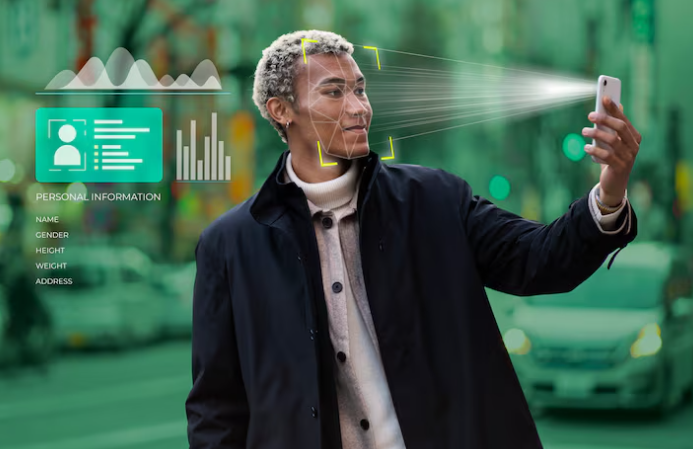
Identifying Your Needs: What Kind of Custom Tool Do You Dream Of?
Before choosing any AI tools, stop and imagine your special software solution. What exact problem do other innovators face? No existing tool may truly fix it. Finding this real need is your most important first step. Think about tasks that repeat, are tricky, or need deep knowledge. “Identifying a clear market gap is how your custom AI tool journey starts.” Perhaps you dream of an AI helper that sorts data for health tech firms. Or a program that makes game art fast for new game makers. Naming this main challenge helps you pick the right AI next.
Once the problem is very clear, picture the perfect answer. What features would your ideal custom software offer? It must fix that issue. How would it truly change how other innovators work? Make things quicker, smarter, or more inventive. “Your AI tool must offer real, clear value, helping users do more.” Consider if you need AI for writing, making pictures, or guessing trends. An AI solution could help designers quickly try new building ideas. It might suggest the best materials. This clear goal will lead your building process.
Key Features to Look for in an AI Tool-Building Platform or Framework
When selecting an AI tool-building platform or framework, prioritize user-friendliness. Seek a low-code or no-code interface. Intuitive drag-and-drop functionalities are key. This empowers creators and innovators to rapidly build and test ideas. It also minimizes the need for extensive coding expertise. Top platforms include a rich library of pre-built modules for common AI functions, like image recognition or natural language processing. “It’s crucial that the platform supports easy model customization,” allowing you to fine-tune AI for your specific needs. Seamless data integration capabilities are also indispensable.
For long-term success, evaluate the platform’s foundational strengths. Look for comprehensive API access, which ensures your newly developed AI tools can effortlessly integrate with other systems. Scalability is paramount. The chosen platform must support your project’s growth, from initial concept to widespread deployment. Ample customization options are key to tailoring AI models precisely to market demands. “Robust community support and crystal-clear documentation are invaluable assets for troubleshooting and continuous learning,” empowering you to overcome challenges. These features guarantee you can develop and evolve advanced AI solutions effectively.
Ethical Considerations: Bias, Ownership, and Responsible AI Deployment
“As you unleash your inner architect with AI tools, understanding ethical AI is crucial. AI models can inadvertently perpetuate bias present in their training data, leading to unfair or inaccurate outcomes. For example, some facial recognition systems have historically struggled with accuracy across different demographics, showcasing the real-world impact of biased data. “Always scrutinize your AI’s outputs for unintended discrimination.” Furthermore, data ownership and IP rights for AI-generated content are evolving areas. Clarify these aspects with your chosen tools to protect your creations and the data used.
Responsible AI deployment demands more than just preventing bias; it requires transparency and accountability. You must be clear about how your AI makes decisions and thoroughly test solutions for fairness, reliability, and security. Think critically about the potential societal impact of your software, ensuring it serves all users equitably. “Building for good means actively addressing the ethical implications of your AI from conception to deployment.” Prioritizing these ethical considerations helps you build not just innovative software, but also trust with your users and the wider community.
Learning & Community: Resources for the Aspiring AI Tool-Builder
To become an effective AI tool-builder, begin with structured learning. Excellent online platforms like Coursera, edX, and Udacity offer specialized courses. These programs teach crucial skills, from machine learning fundamentals to advanced prompt engineering. You will learn how to effectively interact with AI models and integrate their capabilities via APIs. Focus on courses that emphasize hands-on projects. “Applying what you learn immediately through practical builds is the fastest way to master these complex technologies.” Many free resources, such as fast.ai, also provide deep dives into practical AI applications, making learning accessible and project-focused.
Beyond formal education, vibrant developer communities are indispensable. Engage with peers on platforms like GitHub, Reddit (especially subreddits like r/MachineLearning or r/LangChain), and dedicated Discord servers. These spaces offer a goldmine of shared knowledge, troubleshooting advice, and the latest industry insights. Participating in open-source AI projects on GitHub is another fantastic way to learn. You gain real-world experience, receive feedback on your code, and build a valuable network. “Connecting with other innovators in these communities accelerates your growth and keeps your skills sharp.” This continuous learning approach ensures you remain at the forefront of AI innovation.
The Future is Collaborative: What’s Next for AI and Creator Tools
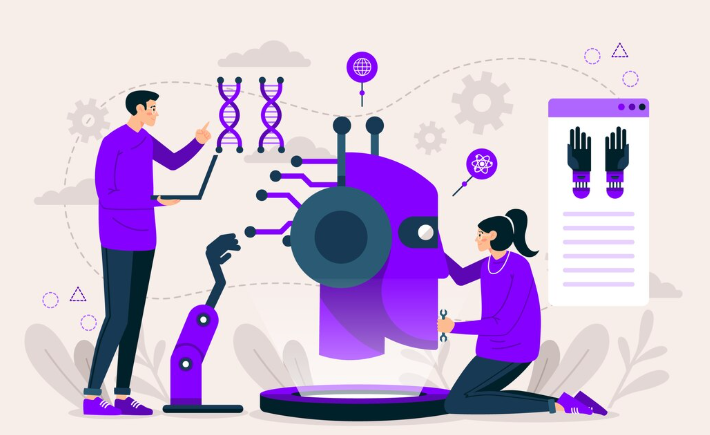
Hyper-Personalized Tool Development and Adaptive AI Environments
The next frontier involves hyper-personalized AI tools. These tools won’t just offer generic assistance. Instead, they will deeply understand each creator’s unique workflow, preferences, and even their coding quirks. Imagine an AI assistant that observes your daily tasks. It then proactively builds custom scripts or modules, precisely tailored for your project. This reduces repetitive setup significantly. It allows creators to focus more on core innovation. For instance, an AI could learn your preferred error-handling patterns. It might then auto-generate relevant, secure code snippets for new functions. This moves beyond broad suggestions to truly bespoke development aids, making every creator more efficient.
Beyond individual tools, we are moving towards adaptive AI environments. “These intelligent workspaces will dynamically reconfigure themselves based on the project and the creator’s real-time needs.” The entire development environment could learn your project’s architecture and even your preferred coding style. It might then highlight relevant files or suggest optimal design patterns. Think of an Integrated Development Environment (IDE) that constantly optimizes itself. It adapts its interface, suggestions, and integrated services as you work. This significantly reduces cognitive load. It also streamlines the creative process. This allows creators to focus purely on complex problem-solving. Such environments empower innovators to build higher-quality software much faster for others.
The Rise of Decentralized AI Tool Marketplaces and Sharing Platforms
The future of AI tool development isn’t just about big corporations. “We’re seeing a significant shift towards decentralized AI tool marketplaces.” These platforms allow individual creators to build, share, and even monetize their unique AI solutions. Think of them as vibrant ecosystems where innovators connect directly. This model often leverages technologies like blockchain for transparency and secure transactions. It drastically lowers the barrier to entry for aspiring AI developers. Creators can easily showcase their specialized tools to a global audience. This fosters incredible innovation across many niches.
These sharing platforms empower a new generation of software architects. Developers no longer need massive infrastructure to distribute their creations. Instead, they can offer finely-tuned AI components or complete applications. “This democratizes access to cutting-edge AI, allowing anyone to contribute and benefit from collective intelligence.” It encourages a collaborative environment, moving away from siloed development. Creators can easily discover, integrate, and improve upon existing tools. This leads to a more diverse and robust ecosystem of AI-powered solutions for everyone.
Bridging the Gap: AI as a True Collaborator, Not Just a Utility
Traditionally, AI tools often served as efficient assistants, automating mundane tasks or providing data analysis. However, we are witnessing a profound evolution where AI is rapidly transforming into a genuine partner in the creative process, actively participating in ideation and problem-solving. “This shift means AI moves beyond simple utility to become an extension of the human mind.” Imagine an AI collaborator that doesn’t just execute commands but proactively suggests alternative design patterns or identifies potential integration challenges for your new software solution. This empowers creators not just to build, but to innovate faster and more effectively for other innovators.
This deeper level of collaboration is evident in advanced generative AI models. They can interpret complex prompts, understand context, and even anticipate a creator’s intent, offering solutions that spark new directions. For instance, an AI might propose novel API integrations or suggest UI/UX improvements based on industry best practices, accelerating software development. “Such tools allow software creators to overcome creative blocks and explore possibilities far beyond individual capacity.” They are not just tools; they are co-conspirators in the pursuit of groundbreaking solutions, enabling innovators to craft more sophisticated and impactful software for the wider world.
The Evolving Role of Human Creativity in an AI-Augmented World
In an AI-augmented world, human creativity shifts profoundly. It moves from manual execution to ideation, direction, and refinement. AI tools now efficiently handle repetitive coding and even generate initial software drafts. This new partnership frees creators to focus on the ‘what if’ scenarios and the fundamental ‘why not’ questions. We become the strategic architects, guiding AI to build more innovative, complex, and user-centric solutions. “Our core role transforms from simply writing code to defining the overarching vision and solving intricate problems.” We outline the challenge and envision the elegant, impactful solution, leaving the heavy lifting to AI.
This evolution elevates human creativity to an unprecedented level. Humans bring empathy, intuition, and truly unique problem-solving capabilities that AI cannot replicate. We now define the nuanced user experience, establish critical ethical guidelines, and shape the ultimate purpose of new software. Think about how designers use AI for rapid prototyping, then infuse these prototypes with distinct human insight and artistic flair. “Human ingenuity remains the ultimate driving force, steering AI’s powerful capabilities towards truly meaningful and innovative outcomes.” Our creativity shapes the future of technology in profoundly human ways, ensuring tools serve humanity’s best interests.
Launch Your App Today
Ready to launch? Skip the tech stress. Describe, Build, Launch in three simple steps.
Build
